Hyundai Creta Electric First Drive Review
With the Creta, Hyundai set a new benchmark in the Indian SUV space. Can they replicate that success with the Creta Electric?
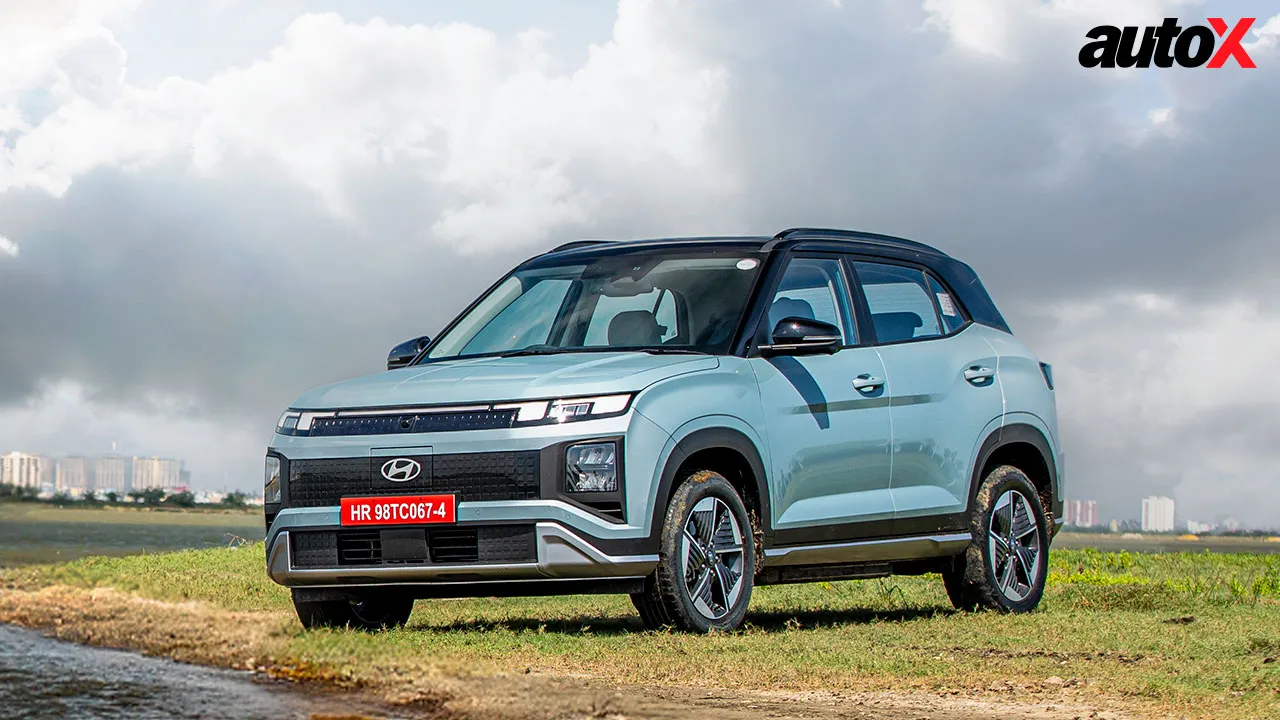
The Creta has been one of the biggest blockbuster successes in the Indian market in recent times. Since its launch in 2015, it has set benchmarks for mid-size SUVs, consistently breaking sales records and securing Hyundai India a huge share of the SUV market. With increasing regulatory pressure and a gradual rise in customer demand, an EV version of the Creta was the next logical step. That said, EV adoption in India is still paltry at best, and the overall sales figures reflect it quite conspicuously – the recent figures suggest that EVs account for just about 2.5% of the four-wheeler market.
Given the Creta’s immense popularity and its EV version’s promising capabilities, can the Creta EV redefine the game for electric mobility – just as the Creta did in the SUV market? We spent a day with the Creta EV in Chennai to find out exactly that.
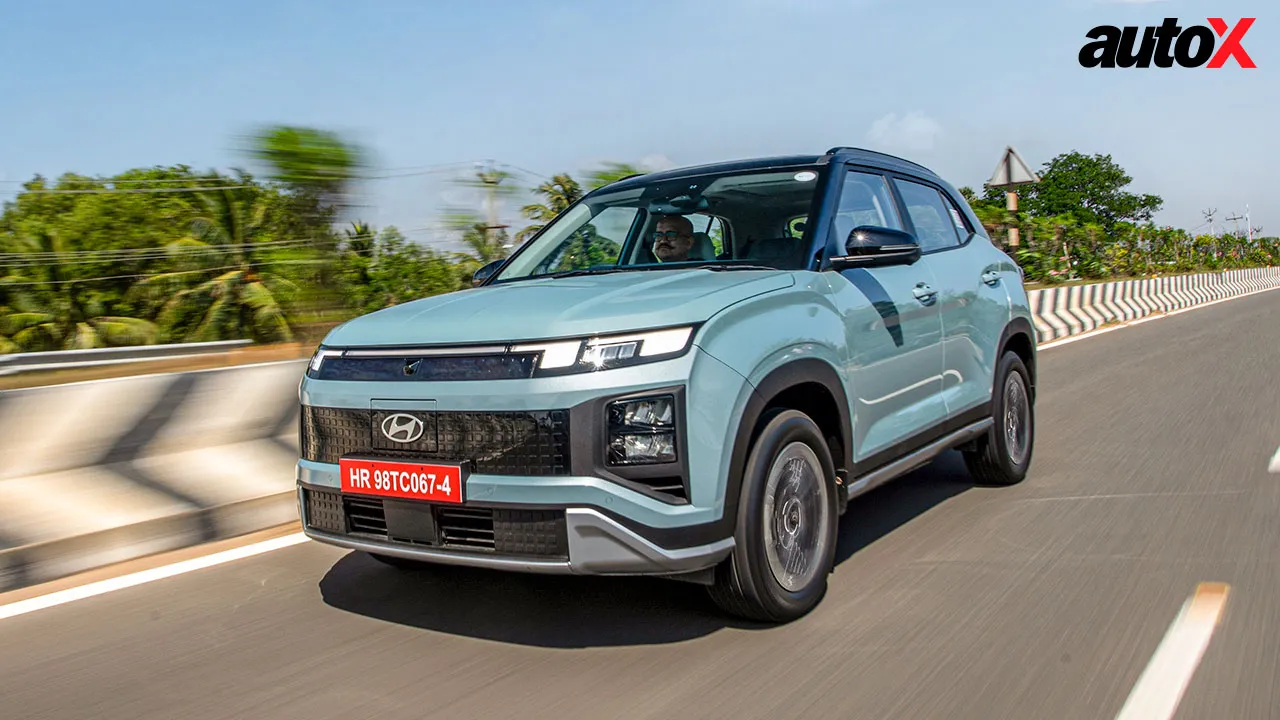
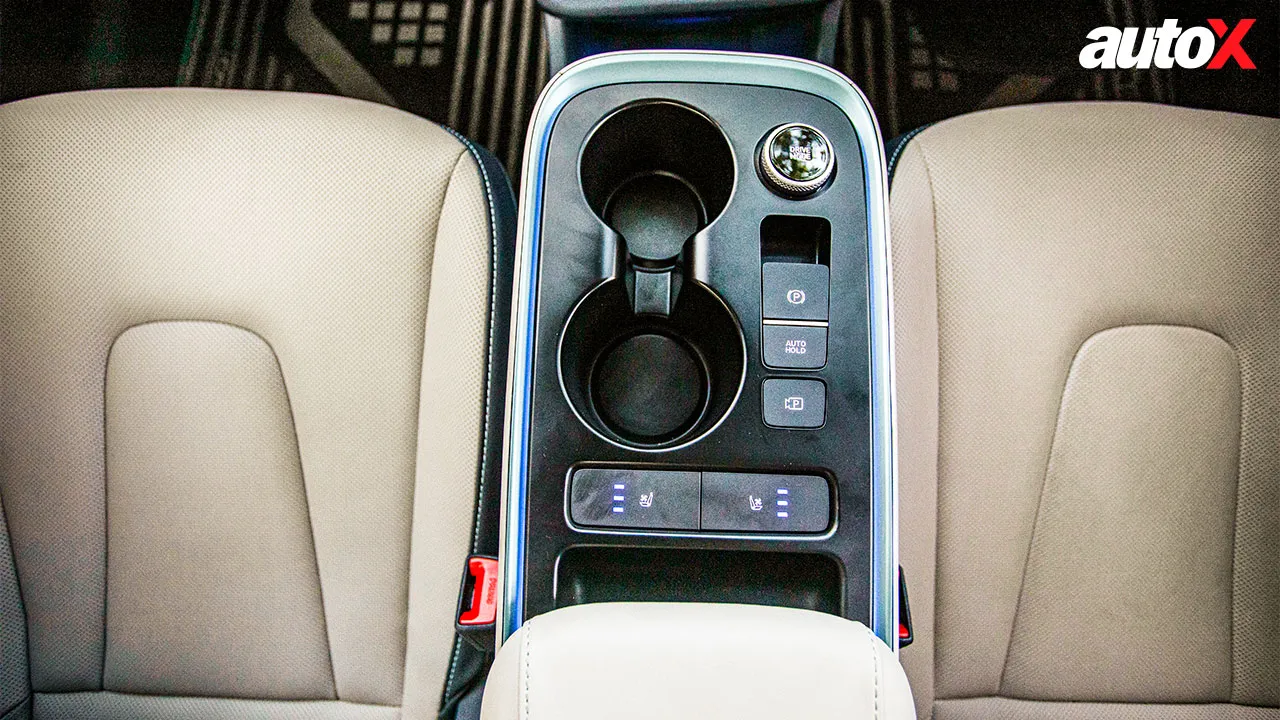
Familiar, yet distinct
If you look at the global EV landscape, you’ll notice two different design approaches. Some automakers opt for somewhat absurd, futuristic designs to set EVs apart from conventional cars, while others take a more subtle approach, making slight changes to existing designs, giving EVs a more conventional touch. Hyundai has chosen the latter, the safer approach, for the Creta, ensuring that it retains the familiar identity of its ICE counterpart while incorporating enough distinguishing bits to make it stand out as an EV. Key design changes include a blanked-out face and redesigned bumpers. There is also a front-facing EV charging port, which is likely to make charging a bit easier. There are also openable flaps in the bumpers for cooling, while the gloss back and silver elements add a premium touch to the overall design.
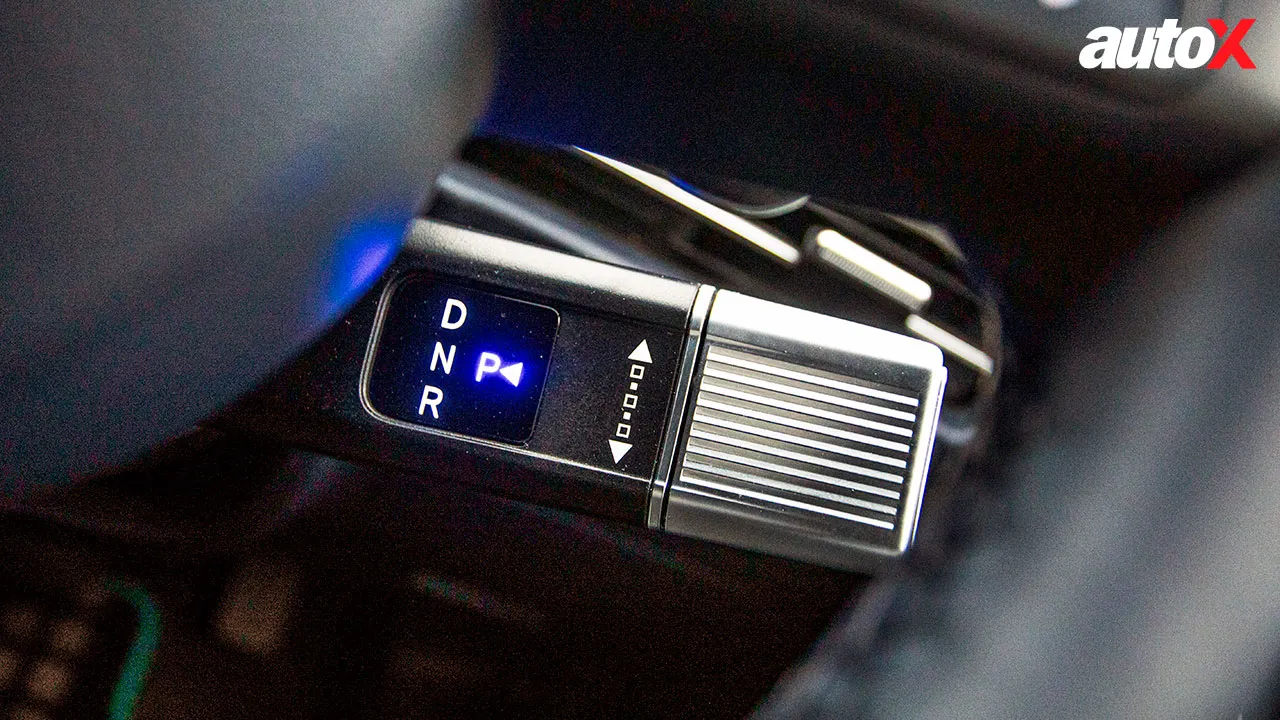
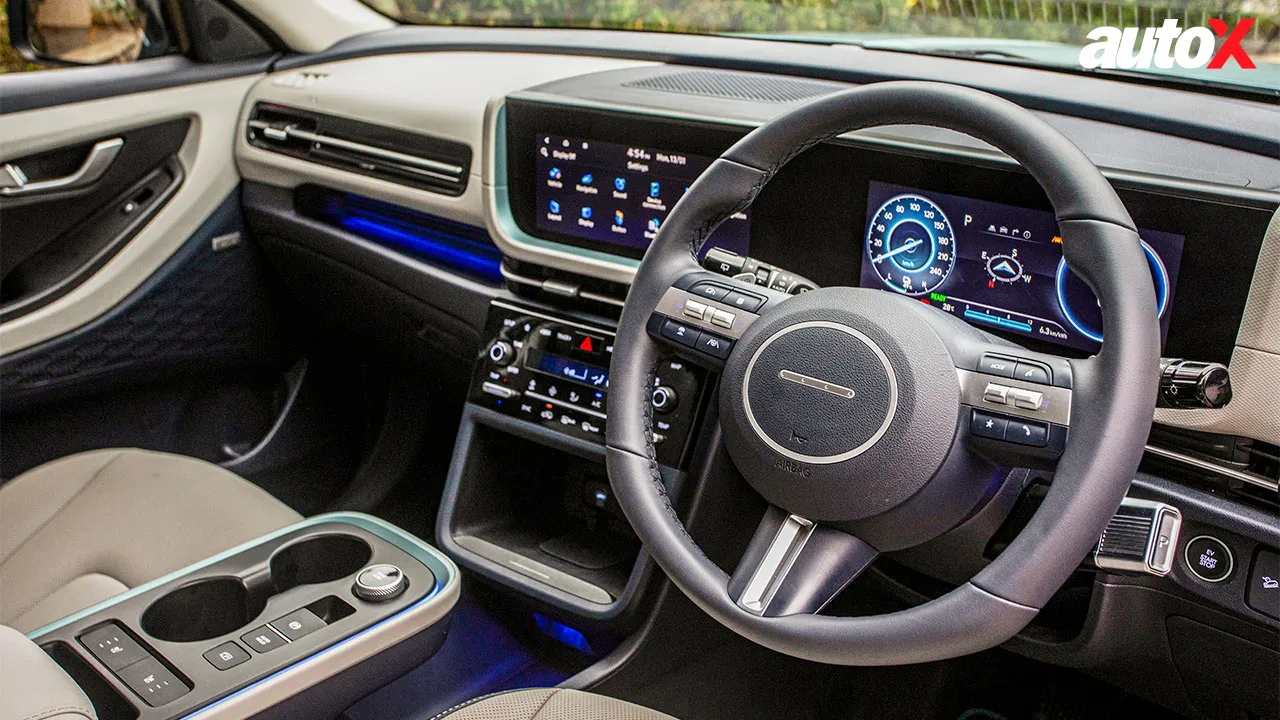
Step inside, and you’ll notice a familiar cabin. The dashboard design and colours remain largely unchanged from the standard Creta, with a few minor changes in terms of finishing, along with green panelling and blue lighting. In effect, it’s a cabin that feels rather modern and well-executed. In fact, it almost seems that enhancements to the interior have been inspired by the Ioniq range, separating the Creta Electric from the rest of the Hyundai product range.
The new steering wheel features the Hyundai logo etched in Morse code and has an IONIQ 5-style toggle-type gear stalk behind it, offering improved tactility and a softer finish. The absence of a central gear level has allowed for better space utilisation in the central tunnel and around, providing a large open area for the wireless charger and other small items, along with a spacious storage compartment below. This layout creates a sense of openness reminiscent of the Ioniq 5’s cabin, despite the Creta EV being built on a converted ICE platform.

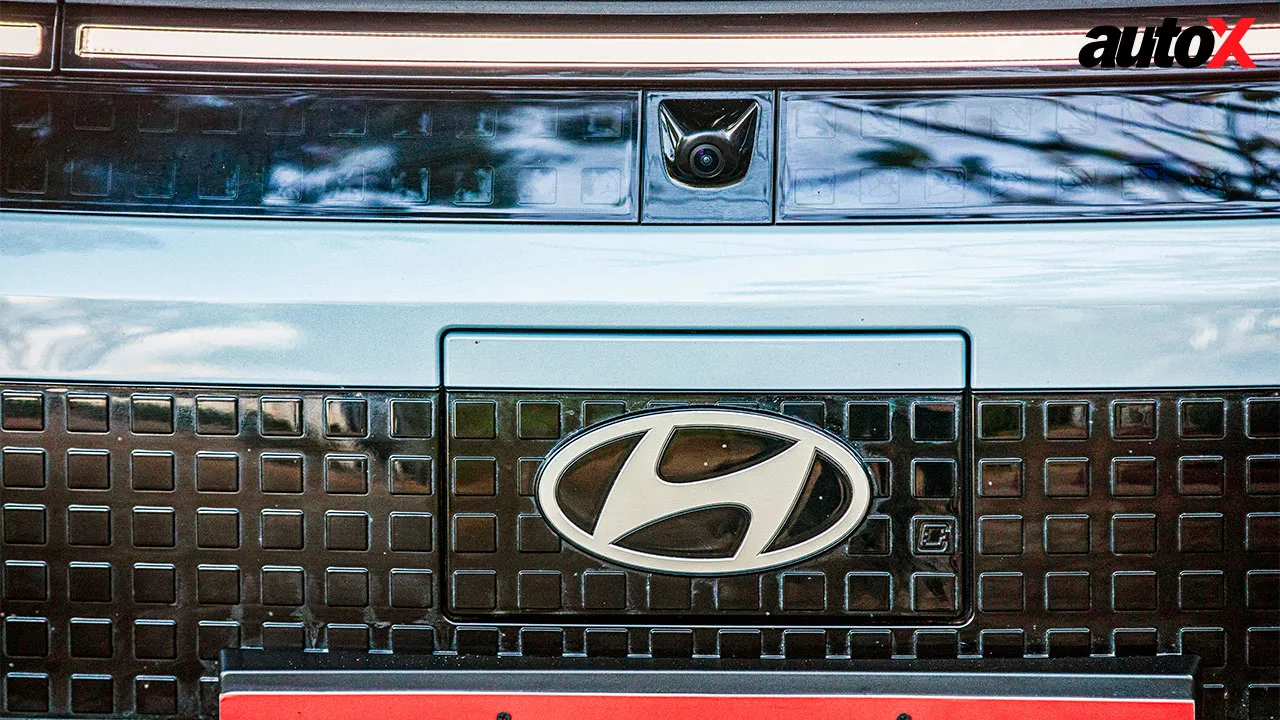
The dashboard is dominated by the two 10.25-inch screens, carried over from the ICE version but featuring EV-specific graphics and design. There is still no wireless Android Auto / Apple Carplay, but it does offer route planning, a digital key, and an in-car payment system for charging and other transactions.
The Mechanics
The Creta EV is available with either a 42kWh or a 51.4kWh battery pack. While its rivals prefer LFP battery technology, Hyundai has opted for NMC cells. NMC batteries are more expensive but also more energy-dense. While they are also known to degrade faster, Hyundai offers an 8-year warranty on the battery pack, which is standard for the segment.
In terms of range, the ARAI-certified figure for the larger 51.4kWh battery pack is 473km. During our limited time with the car – which included fast driving, busy roads, and traffic – the efficiency levels we observed suggest a real-world range of around 360km on a single charge. This puts the Creta EV in the same range as its obvious rivals and makes it quite practical as a daily driver, provided you have access to a fast charger at home or work.
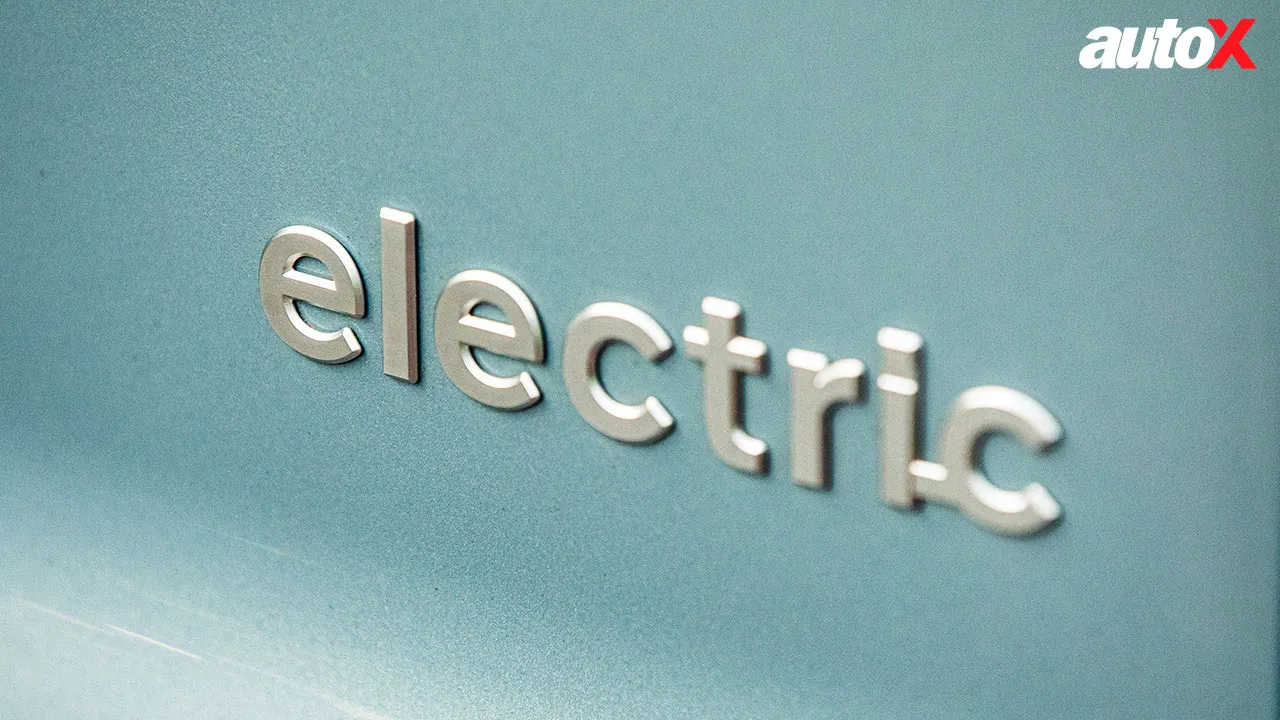
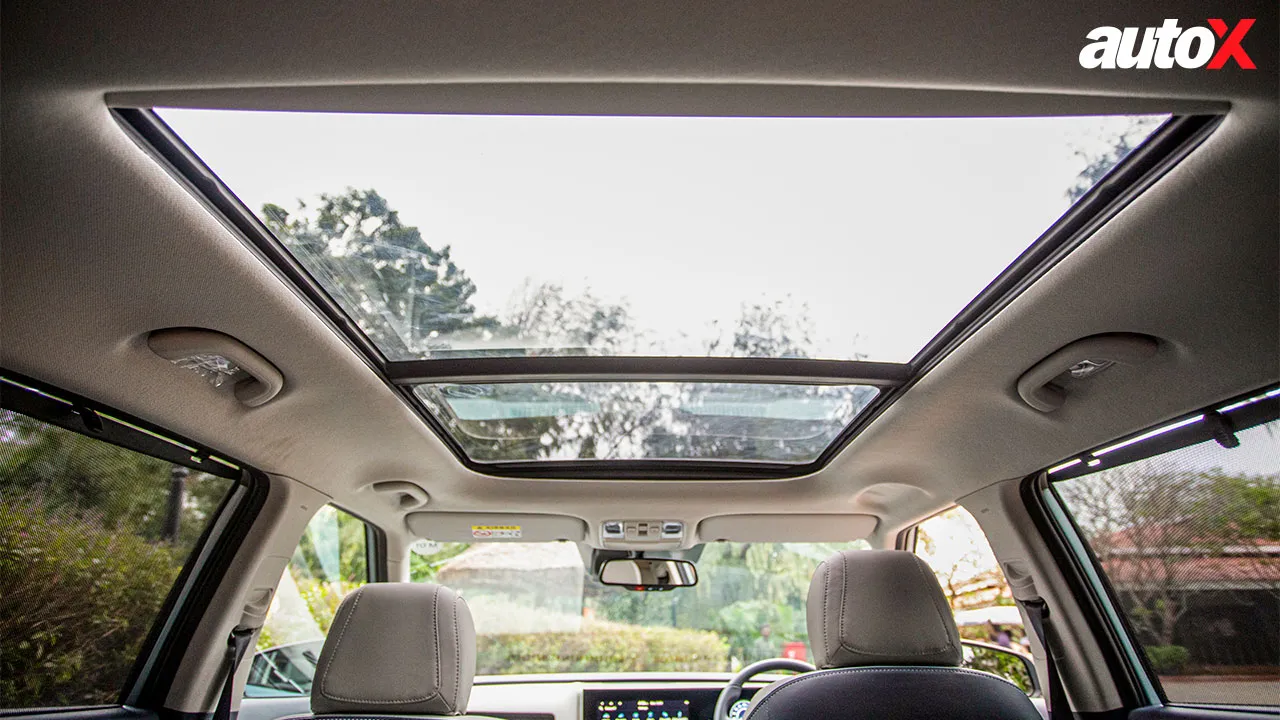
Charging times are good but not segment-leading. A 50 kW DC fast charger takes the battery from 10% to 80% in 58 minutes, with Hyundai set to introduce 100kW charging support in the second half of the year. Interestingly, Hyundai India will supply the Creta EV with an 11kWh home charger, which will take about 4.5 hours for a full charge.
Fast and Stable
While many ICE-to-EV conversions in the industry have been a bit underwhelming, that’s not the case with the Creta EV. In fact, one of the biggest highlights of the Creta EV is its drivetrain. While 169bhp and 255Nm might not sound extraordinarily impressive, the instant torque delivery and relatively lower weight make for impressively quick acceleration – the Creta EV can sprint from 0 to 100km/h in well under 10 seconds.
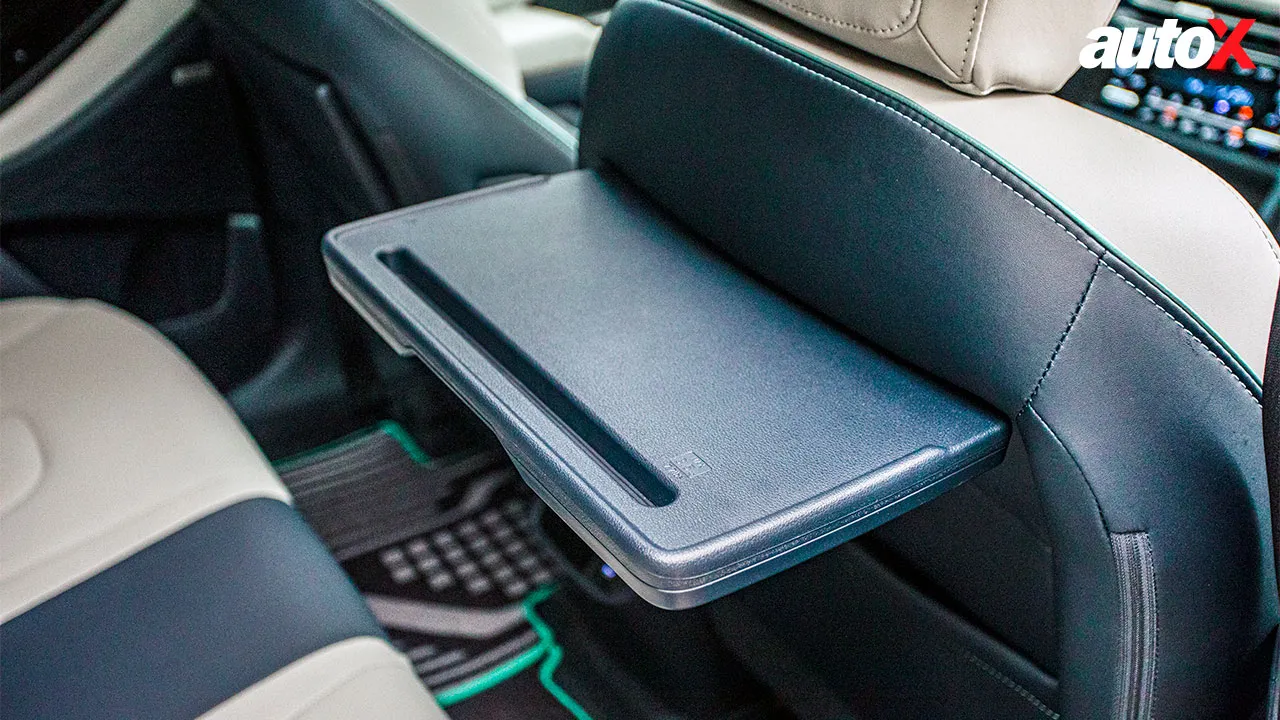
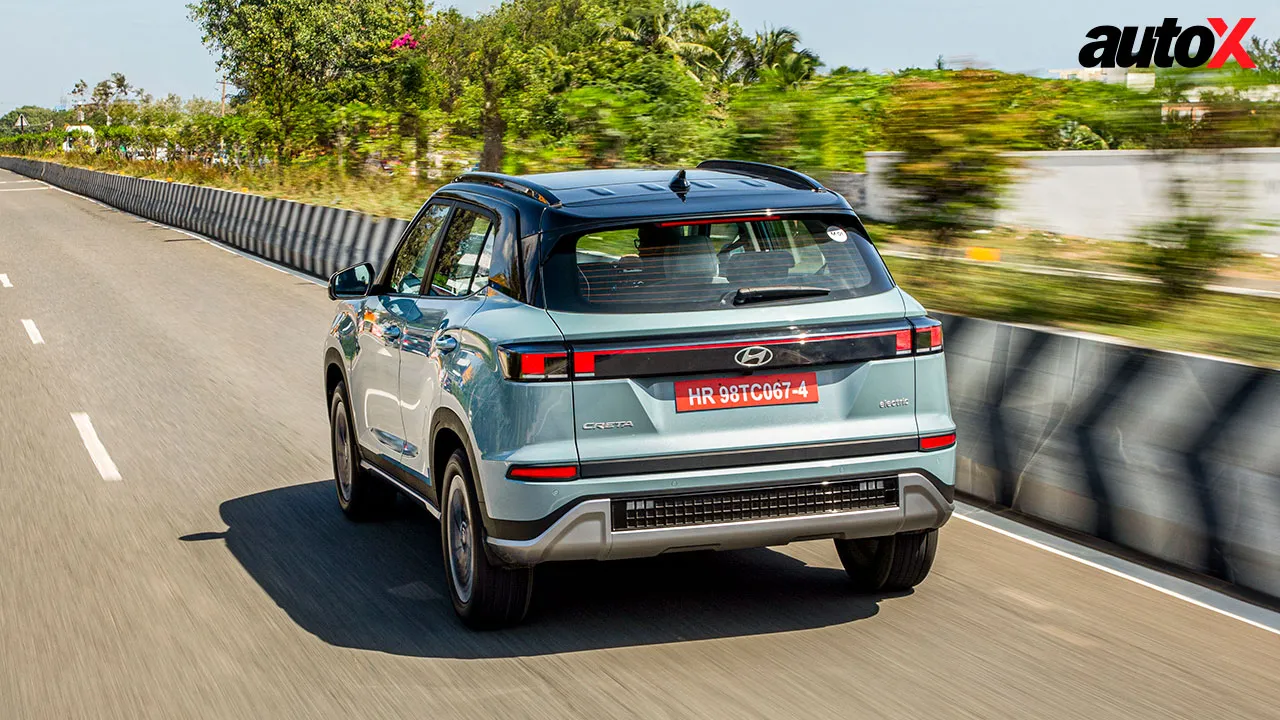
The refinement is excellent, which is quite apparent in the way the power unit switches from drive to regeneration – it’s so smooth that you won’t even notice it if you aren’t paying attention. The one-pedal mode is well-tuned, adding just the right amount of resistance to the driving experience. Unlike some other aggressive systems, it allows for effortless momentum in traffic.
Of course, with the added weight of the battery pack, there is naturally a bit more body roll compared to the ICE Creta. While the low-slung weight helps, you still need to be a bit measured around curves. To counterbalance this, Hyundai added more heft to the steering, which works well and feels quite natural and consistent, especially as it weighs up at higher speed.
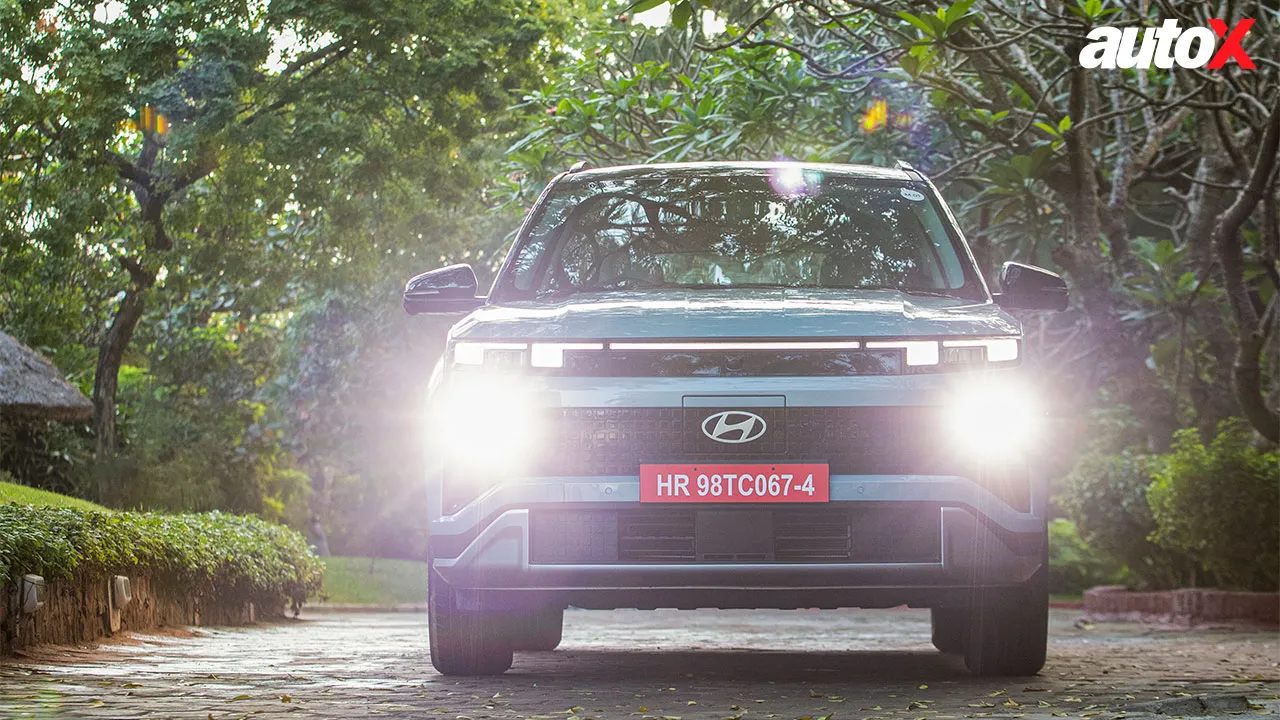
With a starting price of just under ₹18 lakh (ex-showroom) for the smaller battery pack, the Creta EV presents a highly compelling package. The SUV offers just the right size for Indian customers, a practical driving range of 300 – 370km (depending on the battery pack), and sensible pricing, which makes EV ownership more accessible.
If Hyundai India manages to price the larger battery version competitively, the Creta EV definitely has the potential to become the Creta of its segment. In other words, it could be a roaring success.
----
The instant torque delivery and relatively lower weight make for impressively quick acceleration
Engine: Single-Motor
Transmission: Single Speed FWD
Power: 169bhp
Torque: 200Nm
Range: 473km (MIDC)
Price: ₹23.50 Lakh Ex showroom
X-Factor: With a practical package, usable range, and a trusted brand name, the Creta Electric has the potential to be a game-changer in the EV segment!
|
Pros |
Cons |
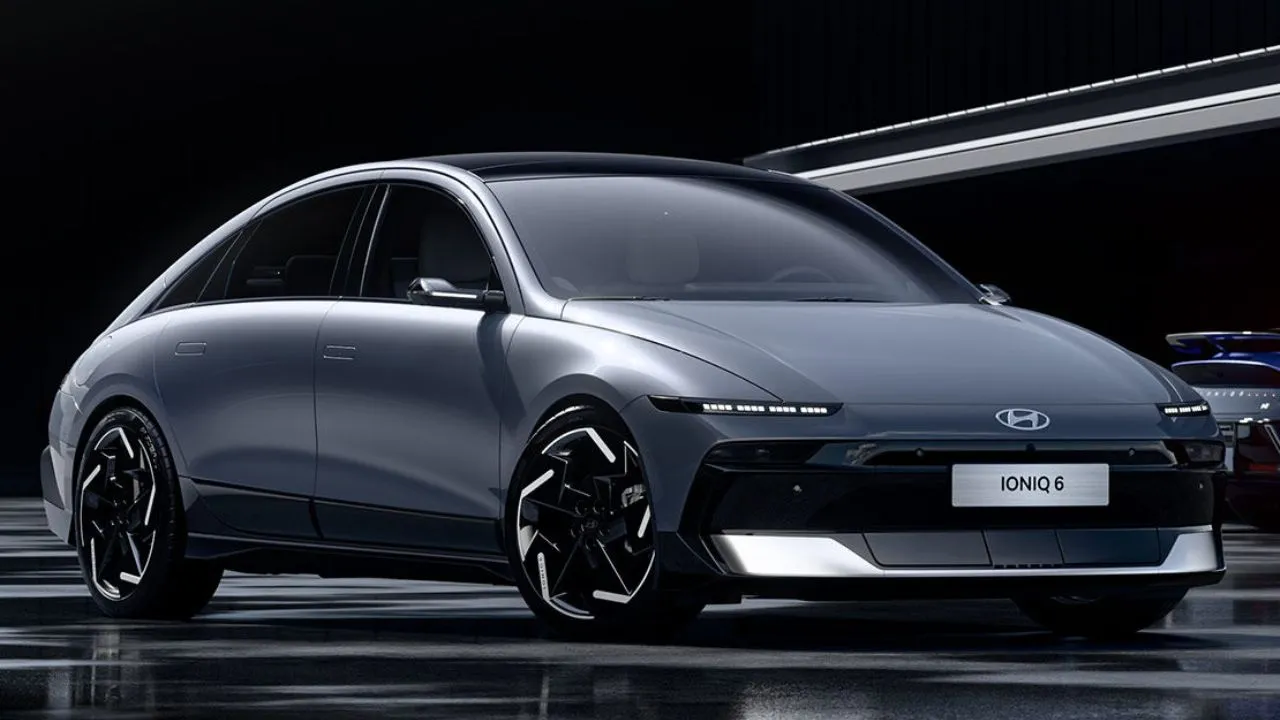
![Hyundai Alcazar Now Gets Wireless Android Auto & Apple CarPlay Upgrade with New Adapter 1741761588921 Jnu6 2024 Hyundai Alcazar [1]](https://images.autox.com/uploads/2025/03/1741761588921-jnu6-2024-Hyundai-Alcazar-[1].webp)
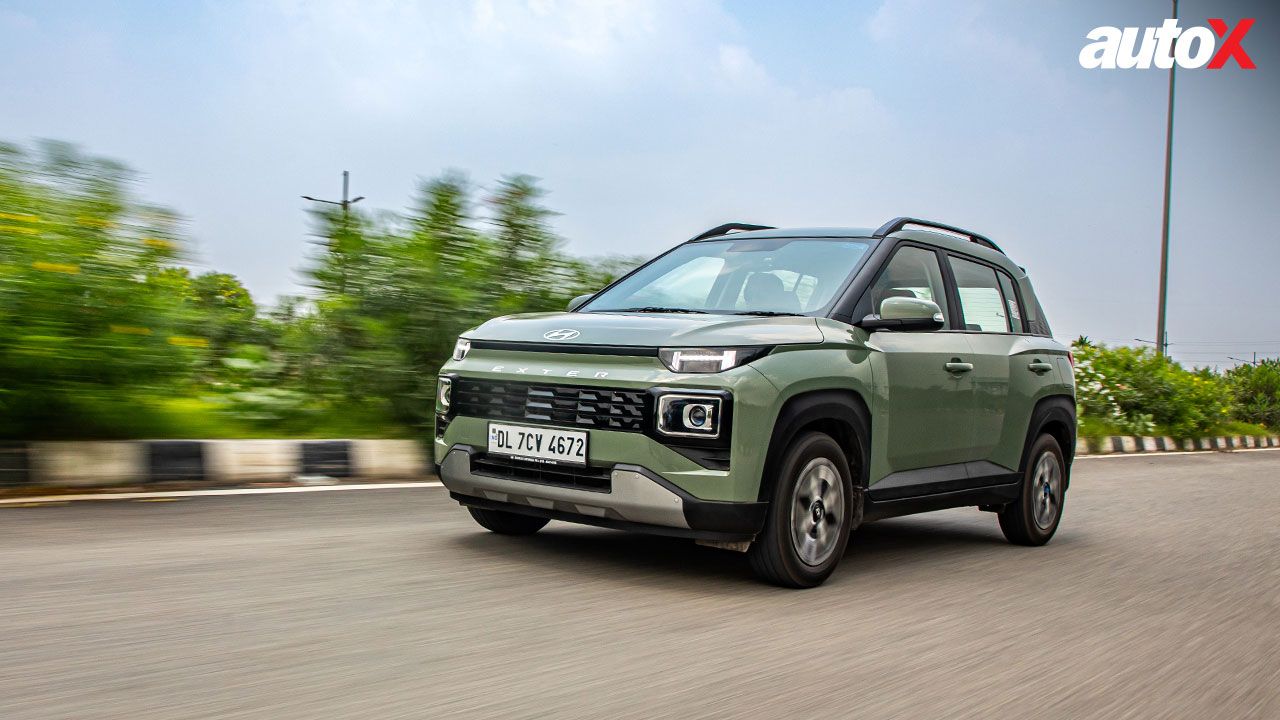
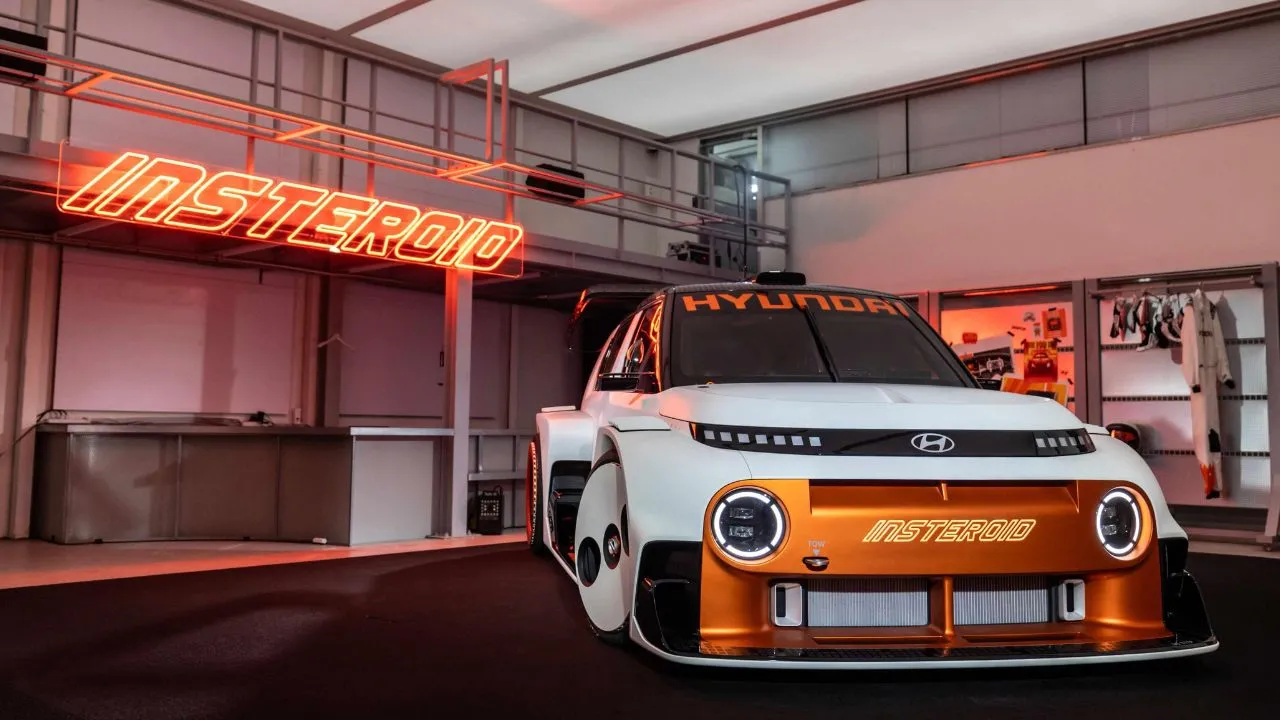
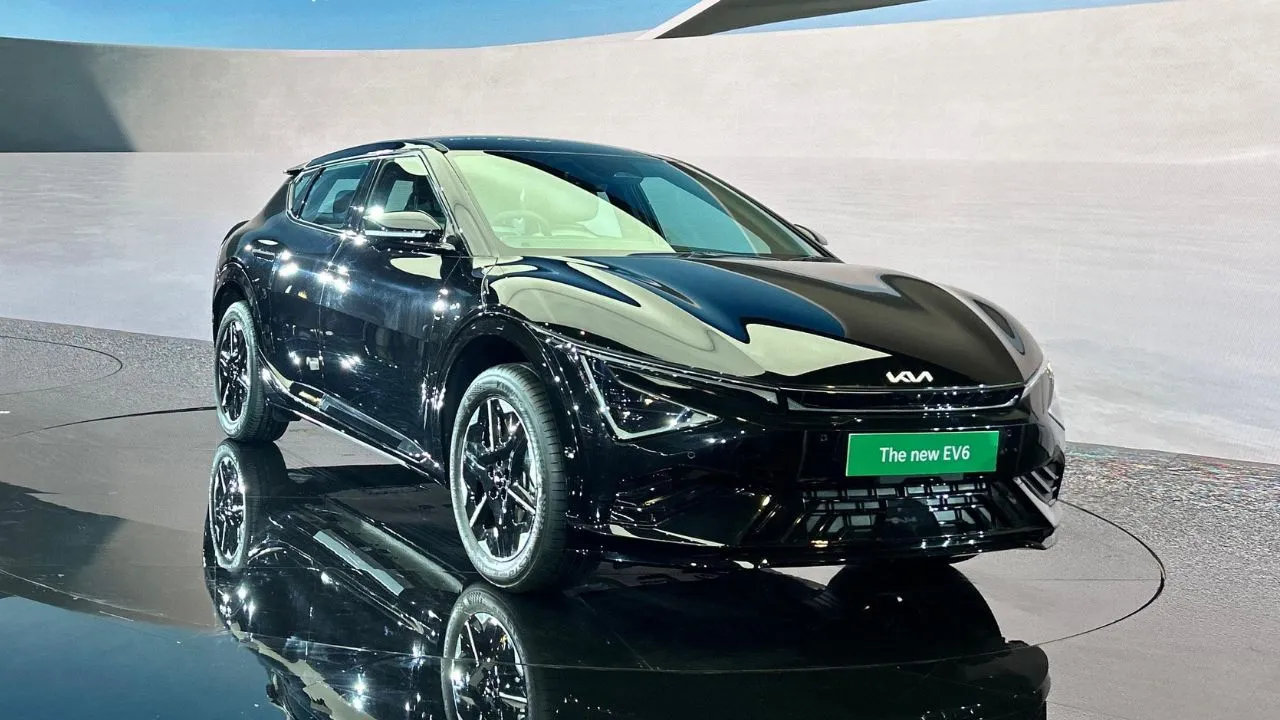
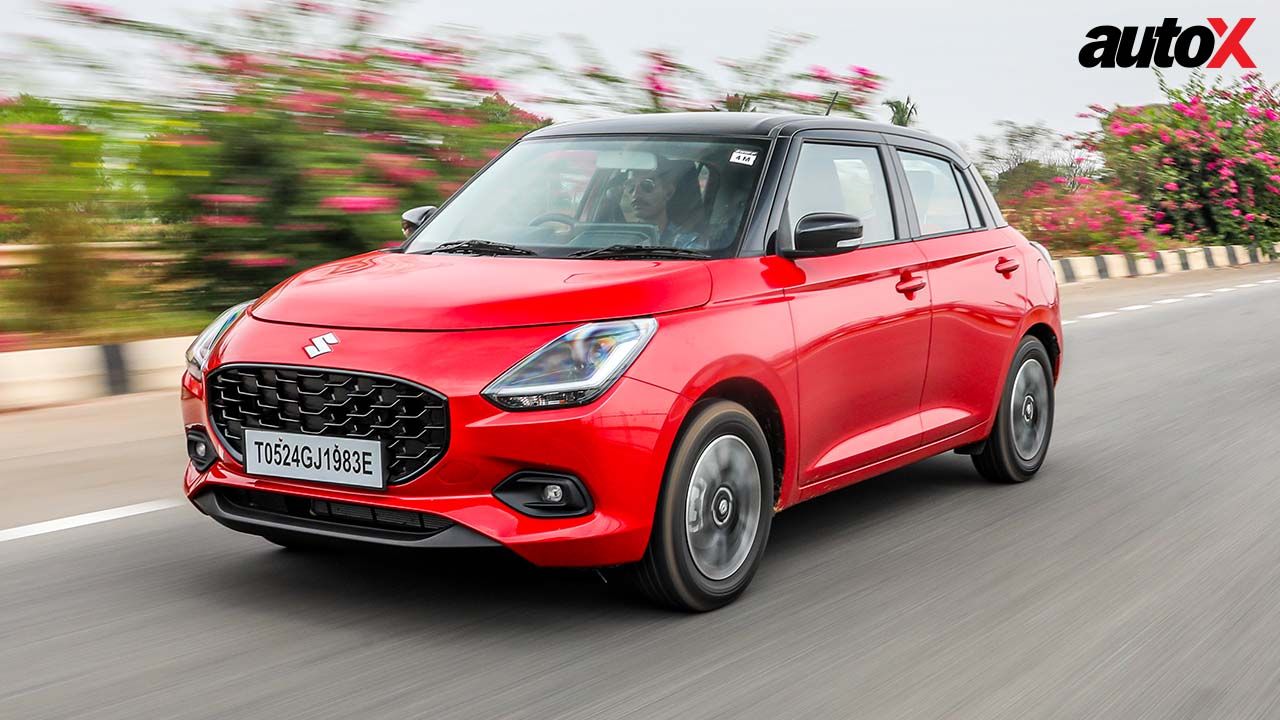
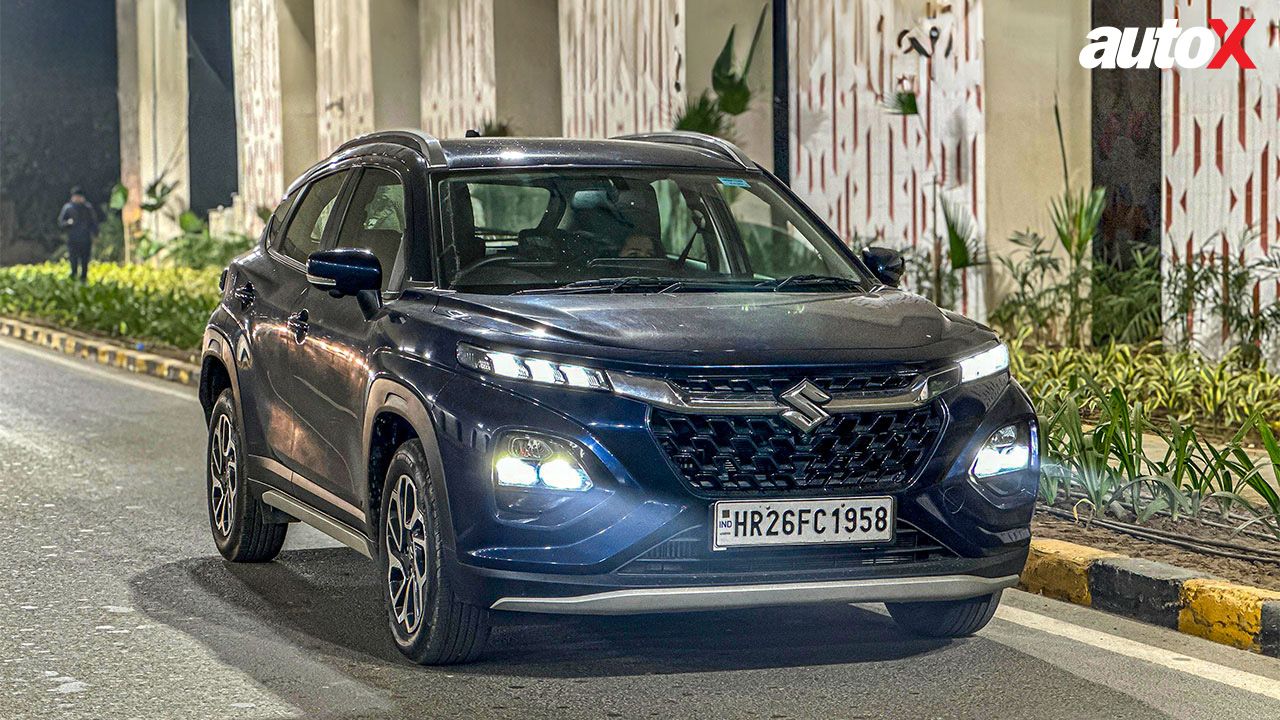
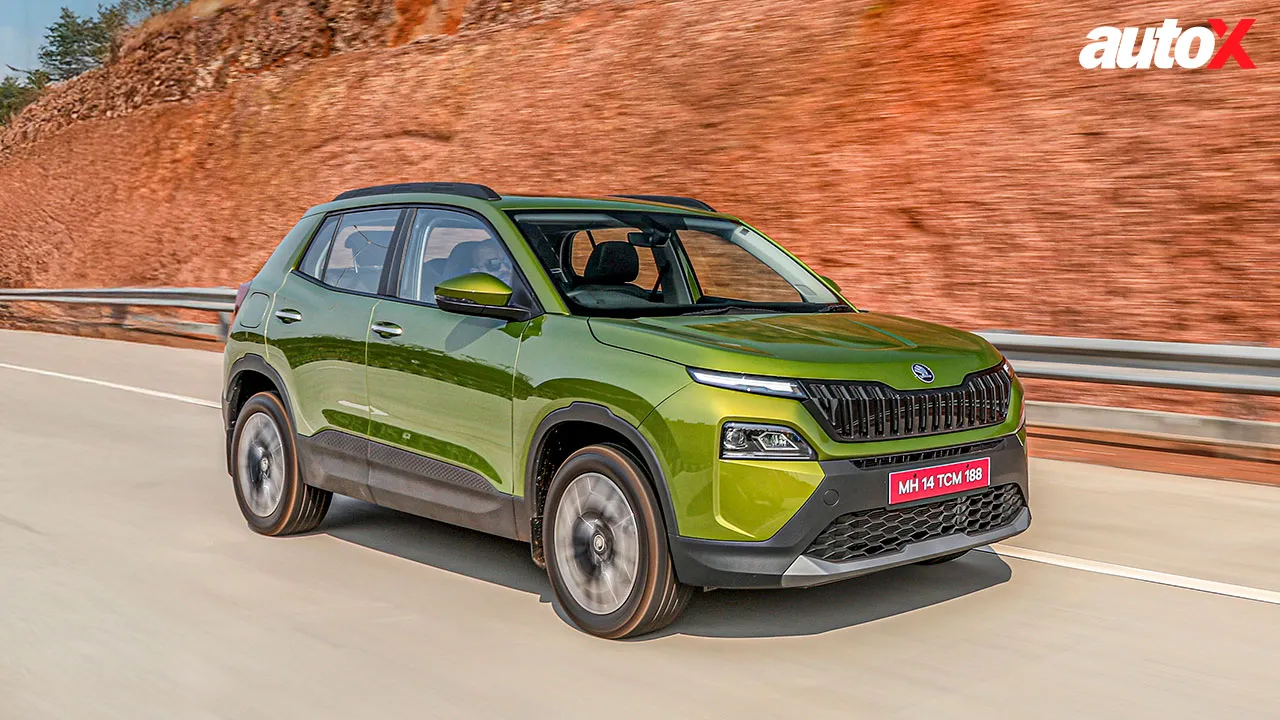
.webp)

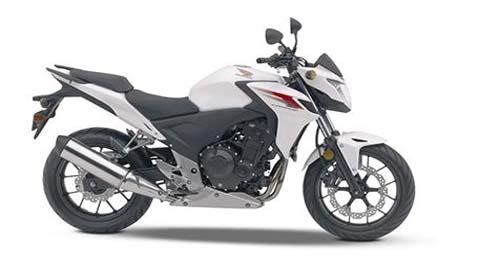
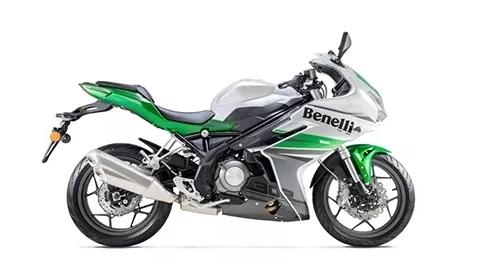
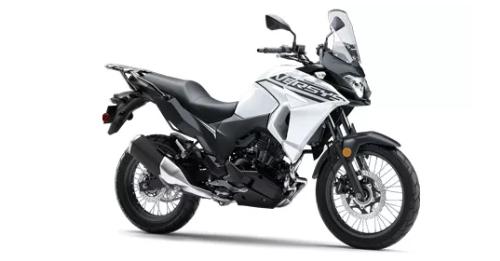
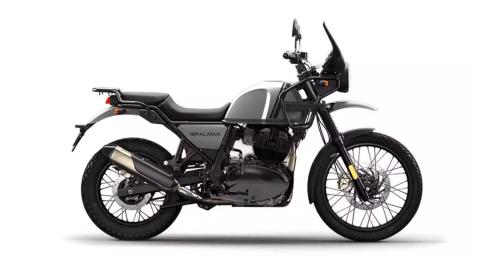














Write your Comment on